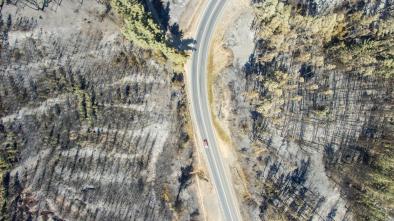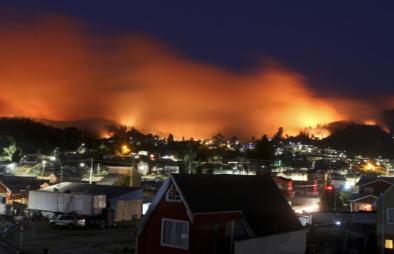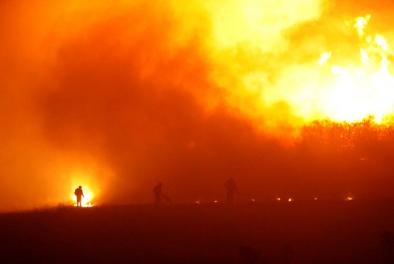Science Source
Anthropogenic and natural contributions to the Southeast Pacific precipitation decline and recent megadrought in central Chile
- States that the Southeast Pacific drying stands out as a robust signature within climate models, within large uncertainties in the precipitation response to greenhouse gas forcing
- States there has been an observed decline in precipitation in central Chile since the late 1970s of consistent direction but of larger amplitude than obtained in simulations with historical climate forcing
- To attribute the causes of this trend, this study analyzes local rain gauge data and contrasts them to a large ensemble of both fully coupled and sea surface temperature-forced simulations It shows that in concomitance with large-scale circulation changes, the Pacific Decadal Oscillation explains about half of the precipitation trend observed in central Chile
- Finds that the remaining fraction is unlikely to be driven exclusively by natural phenomena but rather consistent with the simulated regional effect of anthropogenic climate change
- Estimates that a quarter of the rainfall deficit affecting this region since 2010 is of anthropogenic origin
- Finds an increased persistence and recurrence of droughts in central Chile emerges then as a realistic scenario under the current socioeconomic pathway
Related Content
Headline

Feb 2, 2017 | NPR.org
U.S. Increases Firefighting Aid To Chile As More Than 70 Blazes Rage
Real Time Data

Feb 1, 2017 | Global Forest Watch | NASA
Global Forest Fire Map
Headline

Feb 1, 2017 | AccuWeather
Worst wildfires in Chile's history continue to burn
Headline

Feb 1, 2017 | robertscribbler
Chilean Wildfires are Worst to Ever Strike the Country


